How and how to properly feed lilies before flowering?
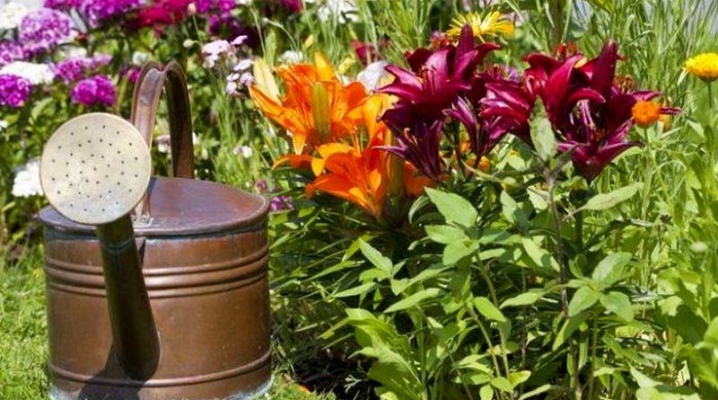
Lily is an incredibly beautiful flower that, due to its endurance, is in demand among both amateur and professional growers. She is called the duchess of the garden, she fills the flower bed with aroma and a certain charm, makes it luxurious.
The more popular the lily becomes, the more questions arise regarding its cultivation. One of the most relevant is this: how and what to feed the lily before flowering, so that its buds are large, lush and pleasing to the eye as long as possible. This is what we will talk about in this article.

What is top dressing for?
Absolutely any plant needs proper and timely feeding. Lily is not too demanding to care for, but fertilization is of great importance for her. This is due to the fact that the plant consumes many nutrients during the growing season, without which its further normal growth and development are impossible. Fertilization must be approached very seriously and responsibly.
Feeding lilies in spring before flowering makes it possible:
- accumulate organic matter;
- accelerate growth;
- bloom for a long time;
- more actively fight pests and diseases.
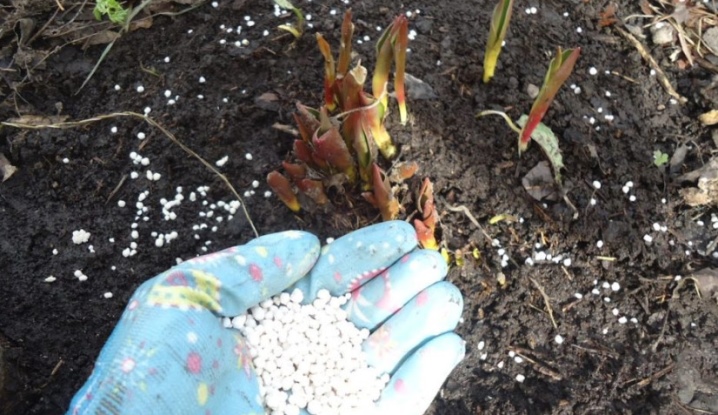
The presence of additional organic substances in the soil contributes to the full development of the bulb, which in turn is responsible for the greenery, the formation of buds, and the flower.
Fertilizers also strengthen the root system well.
Be sure to enter them if:
- the plant has been transplanted;
- dark or yellow spots began to appear on the leaves;
- curling, drying and falling of leaves are noted.
As soon as the manifestations of various diseases become noticeable on the lilies, feeding must be done immediately.
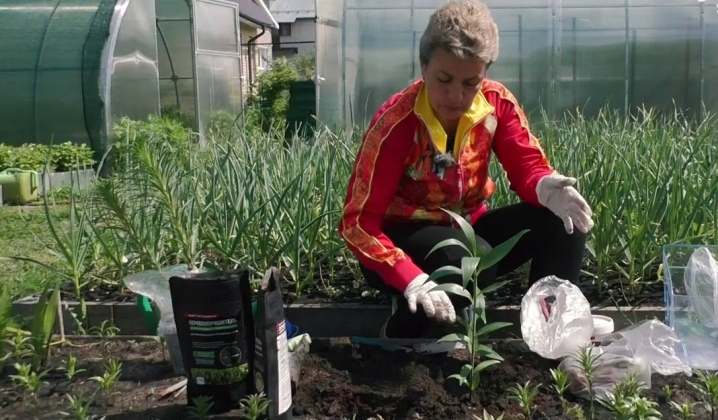
What fertilizers can you use?
In order for your lily to grow well and bloom beautifully, you need to be aware of which dressings can be used and which are not welcome.
Mineral fertilizers that are recommended by experts.
- Ammonium nitrate and urea. These substances contain a large amount of nitrogen, which has a beneficial effect on plant growth and the health of young shoots. Also, these mineral additives contribute to the appearance of chlorophyll on the lily foliage and the accumulation of useful organic substances. To fertilize a plant with substances, they must either be dissolved in water according to the instructions, or simply placed in a granular state in the soil.
- Superphosphates. They give the plant strength in the fight against parasites and harmful microorganisms, make the lily more resistant to adverse weather conditions. Superphosphates are introduced exclusively in a dry state into the soil during digging.
- Potassium sulfate. Gardeners recommend applying this fertilizer if you are replanting a plant - this will help the lily to quickly take root in a new place.
- Nitroammofoska... This substance is considered universal, since it contains all the necessary vitamins and minerals.
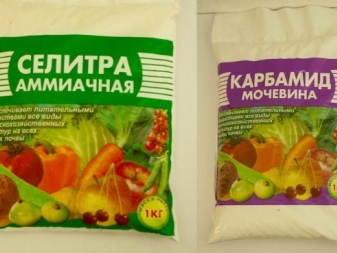
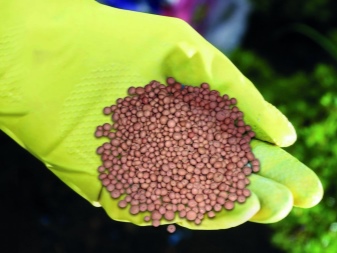
If for feeding you have chosen precisely mineral supplements that are enriched with nitrogen, potassium and phosphorus, be sure to follow the instructions and observe the proportions, otherwise there is a risk of harming the plant.
Organic fertilizers are considered quite effective. Gardeners in some cases use:
- dung or leaf humus (preferably rotted);
- bird droppings;
- sod land.
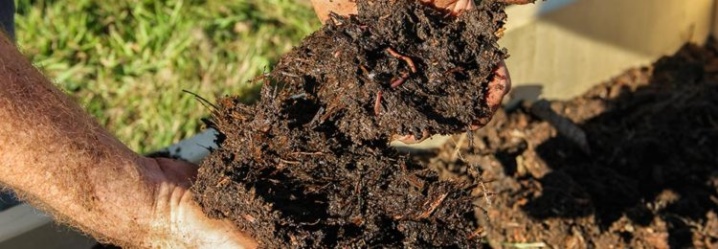
These fertilizers must be applied to the ground where the plant is intended to be planted.
Before you start feeding flowers and decide on the type of additives, you need to find out exactly what type and variety the lily belongs to. The fact is that some additives may be contraindicated in certain varieties.
In addition to useful ones that positively affect the growth and development of the plant, there are those that are strictly forbidden to use as a fertilizer for lilies. You can not fertilize the lily with fresh humus and compost, substances that are intended for spraying. The thing is that the additives that get on the leaves provoke burns, drying out, and it is possible that the flower may eventually die.
All supplements must be purchased from specialized points of sale, checking expiration dates and quality certificates. Also note if instructions for use are included.
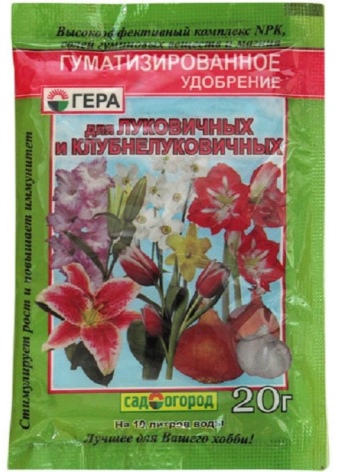
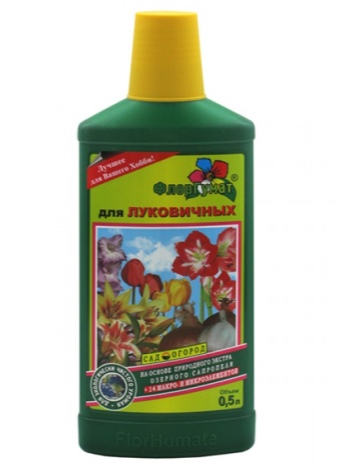
The use of folk remedies
Very often, gardeners prefer not to use ready-made fertilizers, but made on their own using long-known recipes. If you do not have the above listed organic or mineral supplements available, then you can use the following folk remedies:
- onion husks are dropped into the ground, it prevents the appearance of diseases, pests, strengthens the root system of the plant and promotes beautiful flowering;
- garlic can be used to prevent fungal diseases;
- for rooting cuttings and young shoots, it is recommended to use aloe juice;
- using the peel of lemon, orange and tangerine is good for the growth and appearance of the flower;
- eggshell is a well-known storehouse of nutrients;
- wood ash is a very popular and well-known type of additive, which contains a lot of phosphorus, potassium, magnesium, iron, sulfur, zinc and calcium.
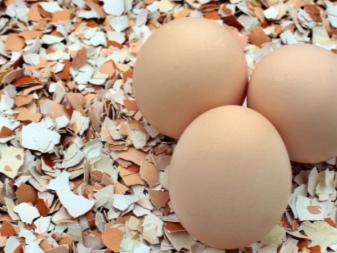
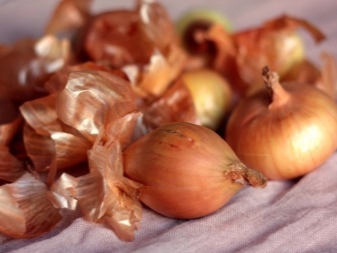
Of course, most of these home fertilizers are harmless, but don't get too carried away with them. Such fertilizers can be applied no more than once a week.
How to fertilize correctly?
It is important not only to apply the correct fertilizers intended specifically for the lily, but also to observe the regime. Each season requires its own feeding.
The following rules are recommended by experienced florists.
- The first fertilizers are applied immediately during the planting of the flower in the spring. In this case, the condition of the soil is of great importance - if it is fertile and well rested, then you can do without additives. Otherwise, fresh manure (approximately 8 kilograms per 1 m²) or wood ash in the amount of 100 grams per 1 m² must be added to the soil. You can also apply mineral fertilizers: before planting, those rich in potassium, nitrogen and phosphorus are well suited.
- Lilies need nitrogen supplements, which promote the development of the ground part of the plant and abundant flowering. As the first top dressing, ammonium nitrate is used - about 2 tablespoons per 1 m². You can also feed with urea - just prepare a solution of 10 liters of water and 1 tablespoon of the drug. It is poured into the ground.
- It is very important to feed the lily in late May-early June before flowering, when the first buds are just beginning to form. During this period, the flower needs nitrogen, phosphate and potassium. Supplements with such a composition form a full and beautiful bud. The next summer dressing should be done during the period of rapid flowering. The flower needs to be pleased with complex fertilizers and microelements. Experts also advise using wood ash.
- In order for the lily to bloom profusely and for a long time, it is advisable to feed it with Azophos or Nitroammophos in the summer. These substances must be soaked in water in a proportion of 2 tablespoons per 10 liters of water.
- In the fall, when the plant has already bloomed, it also needs to be fed and thereby prepared for winter. The bulb is covered with nutrients that will help it cope with frost.With the arrival of late autumn, the soil is covered with compost.
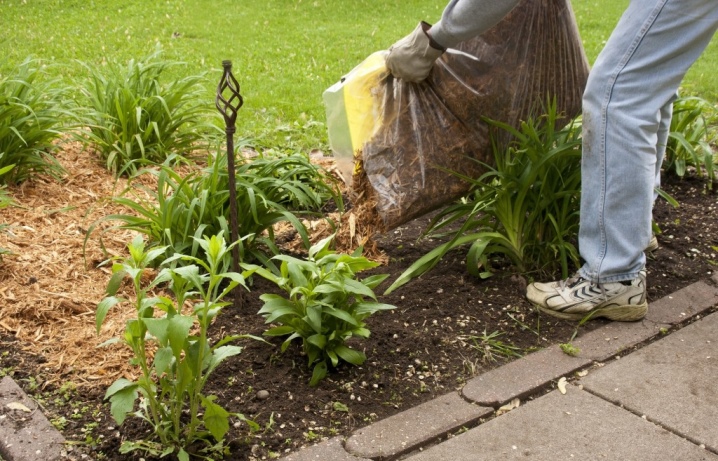
A few more tips are sure to come in handy for lily fans who grow these gorgeous flowers with love and special care.
- To prevent the lily from freezing with the arrival of frost, the soil around it needs to be insulated. To do this, use fallen leaves or humus. Before planting a lily and adding mineral supplements, it is advisable to familiarize yourself with the condition of the soil. If the acidity index is high, then it must be reduced before fertilization. This can be done with slaked lime.
- It is necessary to apply fertilizers to the soil for feeding the lily only when the outside air temperature is at least + 8C.
- When choosing a fertilizer, also carefully study its composition. There are certain supplements for each season.
If you adhere to all of the above rules of care and feeding, lilies will be strong, healthy, richly and beautifully blooming. These beautiful plants will be able to please the eye for a long time, decorating flower beds, front gardens, complementing the landscape design
For information on how to feed lilies before flowering, see below.







































































































The comment was sent successfully.